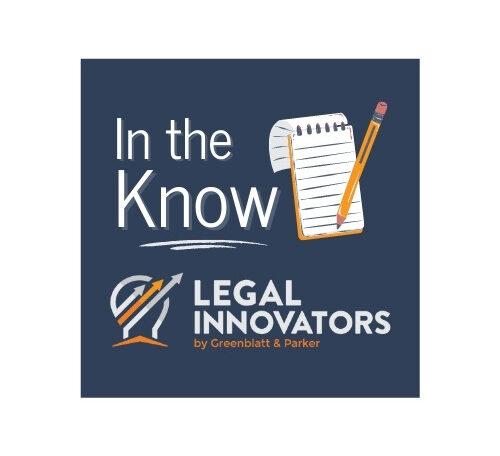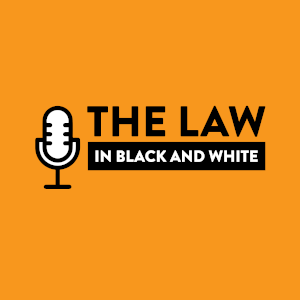On Wednesday, October 27, 2021, as part of the annual Clio Cloud Conference, Legal Innovators CEO and Co-Founder Bryan Parker hosted a panel entitled Recruiting & Championing the Next Generation. The panel discussion covered the actions that law firms, corporate legal departments, and other legal organizations must take to expand diversity in the profession and achieve a sustainable, diverse workplace.
In addition to Parker, the panel featured Paulette Brown, Senior Partner and Chief of Diversity and Inclusion at LockeLord, Siobhan Handley, Chief Talent Officer at Orrick, and Trevor Mathews, Director, Legal Recruiting at Shearman & Sterling LLP. All three experts shared their belief that increasing diversity in the legal workplace is not only a moral imperative, but a business necessity.
Recruiting
The panel began with a discussion of traditional Big Law recruiting and how the current recruiting model must be disrupted to achieve broader diversity in the profession. Orrick is “thinking about where and how we are recruiting,” said Handley, suggesting that the Top 25 law schools from which many law firms typically recruit do not offer enough diverse candidates. Handley advocates expanding the number of schools from which firms recruit, particularly to include more historically Black colleges and universities (HBCUs). Handley also advocates for a data-driven approach to recruitment to counter-act the effects of bias in recruiting.
Brown agreed that the diversity problem is rampant, citing statistics that women of color make up less than four percent of equity partners at law firms nationwide. She went on to add that Black women, in particular, constitute less than one percent of equity partners. At LockeLord, Brown has adopted an approach that breaks down the diversity, equity, and inclusion (DEI) committee into subcommittees, each focused on DEI in a specific area, such as recruitment or retention.
Mathews added that he has seen an emerging trend of candidates from all backgrounds wanting to know that firms are committed to diversity and inclusion.
Action Steps
The panelists then discussed the steps they have taken to increase diversity in their hiring. Handley reiterated that Orrick has expanded beyond the traditional Top 25 law schools in its recruiting efforts. She also advocated for putting some “market pressure” on top law schools to increase diversity among their student bodies.
Brown added that, contrary to common belief, quality employees and diversity are not mutually exclusive. She herself is very active in Black Law Students Associations at law schools throughout the country and often hosts events for those groups at LockeLord’s offices in order to become better acquainted with student-members. Brown also noted that she has seen higher bar passage rates at so-called “down market” schools than at some traditionally high-ranked schools.
Combating Bias
Mathews then spoke about how he combats implicit bias in the hiring process. He mentioned first that the traditional hiring method of basing decisions on grades was complicated when many law schools went to a pass/fail grading system during the COVID-19 pandemic. Shearman & Sterling has begun using behavioral interviews and intensive training sessions in lieu of fit interviews and aims to have an associate and a partner in every interview. As Mathews put it, fit interviews are “the definition” of implicit bias and the move away from such interviews and resume-based hiring is an effort to combat that bias.
Brown agreed, adding that LockeLord uses standard questions and objective measures in hiring to counter implicit bias. Brown added that she does not even like to “talk about the notion of culture,” as “culture”-focused hiring has traditionally led to monocultural workplaces and fewer opportunities for diverse candidates.
Parker added that a forthcoming episode of Legal Innovators’ The Law in Black and White Podcast will discuss legal hiring and representation of people with disabilities, an area in which many law firms could improve their diversity initiatives.
Takeaways
The panel wrapped up with the speakers’ key takeaways for legal recruiters looking to increase diversity among their applicant pools. Handley advocated for working with organizations like Diversity Lab to undertake data-driven analysis in hiring. Orrick also mandates workplace respect training for its employees.
Mathews suggests that law firms look for correlations between a candidate’s score in recruitment analytics and that candidate’s later success as an associate. Such correlations showcase the effectiveness of diversity-focused hiring initiatives.
In closing, Brown encouraged law firms to be “hyper-intentional” to ensure that minorities are represented in their associate classes and urged all participants to remember that diversity is not achieved by “thinking about doing just one thing,” but by trying many avenues and pursuing what works. A veteran in the field, she remains cautiously optimistic that law firms will be able to build a more diverse and inclusive profession in the future.




